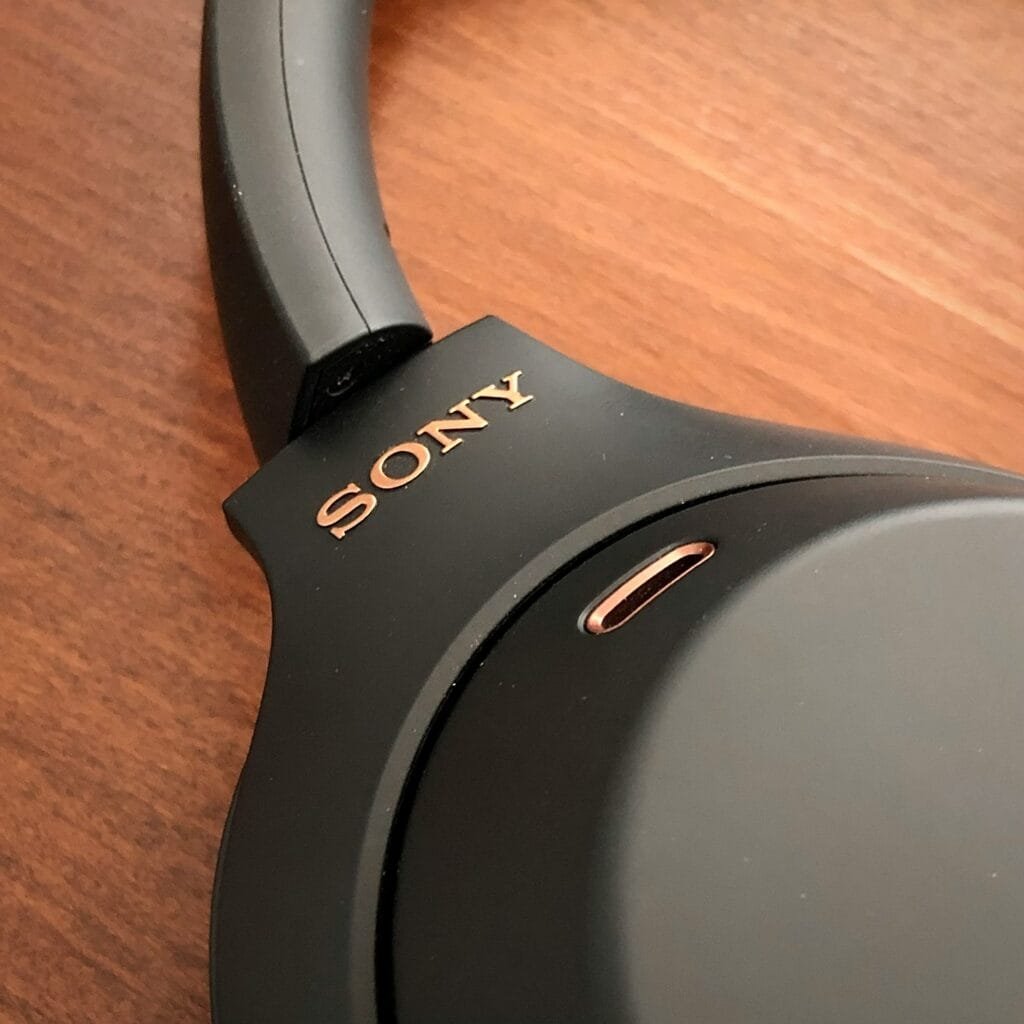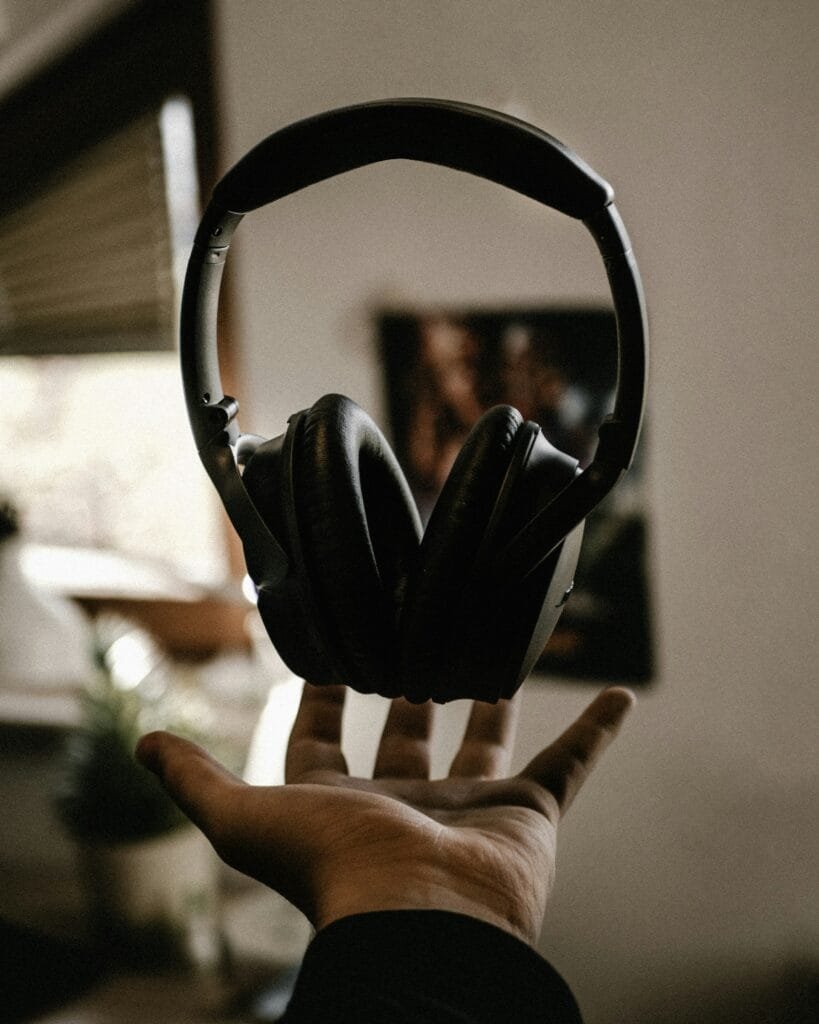Battle of the Titans: Bose QuietComfort Ultra vs. Sony WH-1000XM5 – Which Headphones Dominate?
Disclosure: We may earn money from the companies mentioned in this post, but we only recommend brands that we truly love and trust.
When it comes to premium noise-cancelling headphones, two names consistently dominate the conversation: the Bose QuietComfort Ultra and the Sony WH-1000XM5. Both models are packed with state-of-the-art features, promising unmatched comfort, impressive sound quality, and superior noise cancellation. But which pair is truly the best fit for you? Let’s dive into a detailed comparison to help you make an informed decision.
1. Noise Cancellation: The ANC Showdown
People buy these headphones mainly for active noise cancellation (ANC). Both models cancel noise well, but there are differences.
- Bose QuietComfort Ultra:
Bose has perfected its noise-cancelling technology over the years. These headphones block out most sounds—whether you’re on a plane, in a busy office, or walking on a loud street. Users often mention feeling as if they’ve stepped into a “quiet bubble.” One reviewer on a popular tech forum said, “The Bose cancels noise so well that I forget I’m wearing headphones even in a noisy café.” Its ActiveSense technology makes it ideal for unpredictable environments. - Sony WH-1000XM5:
Sony uses Adaptive Sound Control, which changes the cancellation level based on your surroundings. While it works very well in most places, it sometimes does not catch sudden, loud sounds as effectively as Bose. Many users appreciate the flexibility, noting that the headphones “seamlessly adjust when I move from a quiet room to a busy street.” However, a few audiophiles have mentioned that in extremely noisy situations, the Sony may let in a bit more ambient noise compared to Bose.
Winner: The Bose QuietComfort Ultra wins if you need the strongest, most consistent noise cancellation. However, if you prefer a dynamic system that adapts to your environment, the Sony WH-1000XM5 is a strong contender.
2. Comfort and Design: Long-Wear Friendly
Comfort matters when you wear headphones for hours.
- Bose QuietComfort Ultra:
These headphones have a compact, foldable design that works great for travel. They come with thick ear cushions and a tighter, more secure fit. Users with smaller to average head sizes praise its snug feel, although some with larger heads have noted that the fit can feel a bit restrictive after long hours. “I love how easily they fold into my bag,” wrote one frequent traveler in a user review, highlighting the Bose’s portability. - Sony WH-1000XM5:
Sony offers a sleek, minimalist design with soft cushioning and a light headband. The design is well-received by users who wear them for long sessions, thanks to the balanced pressure across the head. One reviewer commented, “They’re perfect for long flights – comfortable and light, though I wish they were foldable for travel.” The non-collapsible design may be a drawback if you’re often on the move, but many agree that the comfort and premium finish make up for it.
Winner: It’s a tie. Bose wins for its travel-friendly foldable design, while Sony excels in offering a comfortable, premium feel.
3. Battery Life and Charging: More Power, Less Downtime
Battery life is key for long trips or busy days.
- Sony WH-1000XM5:
Sony provides up to 30 hours of playtime on a single charge. Users consistently praise the fast charging feature, with many noting that “a few minutes of charge gives me enough juice to finish a long call or enjoy my favorite playlist during a commute.” The quick-charge ability—offering about 3 hours of playback after just 3 minutes of charging (with a USB Power Delivery adapter)—is a real game-changer for those on the go. - Bose QuietComfort Ultra:
Bose offers around 24 hours of battery life, which is sufficient for most users. However, its charging speed is slower; it takes about 15 minutes to deliver 3 hours of playback. Many users have commented that while the Bose is excellent in performance, they wish the charging was a bit faster for those hectic travel days.
Both models also support a wired connection for when you run out of battery. Bose uses a 2.5mm jack, and Sony sticks with the standard 3.5mm jack.
Winner: Sony WH-1000XM5, thanks to its longer battery life and rapid charging

4. Sound Quality: Your Music, Your Way
Sound quality often comes down to personal taste.
- Bose QuietComfort Ultra:
Bose incorporates Snapdragon Sound and supports spatial audio. This feature gives music a sense of depth and a three-dimensional feel. Users who love spatial audio say it “brings a live feel to my music and movies,” though a few note that spatial effects can sometimes add a slight echo. - Sony WH-1000XM5:
Sony supports LDAC for high-resolution audio and offers a customizable equalizer. The sound is balanced, with strong bass, clear treble, and defined mids. Reviews often praise the Sony for its clarity: “I can tweak the sound perfectly to suit every genre, whether it’s rock or classical.” Its customizable sound settings make it a favorite for audiophiles looking for precise control.
Both headphones offer companion apps that allow you to adjust the EQ settings to your liking.
Winner: It’s a tie. Bose is perfect for those who enjoy spatial audio, while Sony wins with a balanced and customizable sound.
Comparison Table
| Feature | Bose QuietComfort Ultra | Sony WH-1000XM5 |
|---|---|---|
| Price | $429 / £449 / AU$649 | $399 / £379 / AU$649 |
| Dimensions | 7.7 x 2.0 x 5.5 inches | Not specified |
| Weight | 8.9 ounces (approximately 252 grams) | 8.8 ounces (approximately 250 grams) |
| Battery Life | Up to 24 hours (18 hours with Immersive Audio) | Up to 30 hours (ANC enabled) |
| Connectivity | Bluetooth 5.3 with SBC, AAC, LE, and aptX Adaptive support | Bluetooth 5.2 with SBC, AAC, and LDAC support |
| Special Features | Adaptive ANC, ambient listening mode, aptX Adaptive, Bluetooth multipoint, customizable sound, quick charging, Immersive Audio with headtracking (universal), SimpleSync, touch volume controls, voice activation | Adaptive ANC, Ambient Sound Mode, DSEE Extreme Audio, Bluetooth multipoint, customizable sound, quick charge, passive mode, 360 Reality Audio |
| Noise Cancellation | Exceptional noise cancelling with CustomTune calibration and Aware Mode with ActiveSense | Advanced noise cancellation with dual processors and multiple microphones |
| Controls | Physical buttons and capacitive touch strip for volume control | Touch-sensitive controls on the right earcup |
| App Support | Bose Music app for equalizer settings, firmware updates, and more | Sony Headphones Connect app for sound customization, firmware updates, and more |
| Codec Support | SBC, AAC, aptX Adaptive | SBC, AAC, LDAC |
| Folding Design | Yes, folds flat and inwards for better portability | Only folds flat |
| Colors Available | Black, White Smoke, Lunar Blue, Sandstone, Diamond 60th Edition | Black, Midnight Blue, Silver, Smoky Pink |
| Wired Listening | 2.5mm to 3.5mm TRS cable included | 3.5mm TRS cable included |
| Release Date | October 2023 | May 2022 |
5. Extra Features: More Than Just Audio
A few other features set these headphones apart.
- Microphone Performance:
Sony’s WH-1000XM5 has an edge here. Users report that “calls come through clearly, even in crowded places,” making it ideal for frequent phone users. Bose’s microphone works well but sometimes struggles in very noisy environments. - Smart Features:
Bose introduces a smart sleep mode that automatically turns off noise cancellation when you remove the headphones. This not only saves battery but also ensures they’re ready to use when you put them back on. Sony’s Adaptive Sound Control is highly praised for its smooth transitions between environments, though some users miss the extra layer of individual sound adjustments found in Bose’s system. - Multipoint Connection:
Both models allow you to connect to two devices at once. Many multitaskers appreciate this feature, as it lets them switch seamlessly between a laptop and a smartphone.
Final Verdict: Which Should You Choose?
- Choose Bose QuietComfort Ultra if you need the best noise cancellation, love the travel-friendly foldable design, and enjoy immersive spatial audio. User feedback highlights its ability to create a nearly silent space even in busy environments.
- Choose Sony WH-1000XM5 if you value longer battery life, faster charging, superior call quality, and a comfortable, premium design. Users frequently mention that its sound profile is adaptable and that its adaptive features are great for changing environments.
Both headphones offer outstanding performance that justifies their premium price tags. User reviews and expert opinions confirm that these models continue to set the standard for high-end noise-cancelling headphones. If possible, try them out in person to see which one sounds and feels best for your needs.
Additional Tip: Recent firmware updates for both models have added new features and improvements. Check for the latest software updates to ensure you get the best performance over time.
Looking to grab a pair? Check out the affiliate links in the description for the latest deals and pricing. Happy listening!




